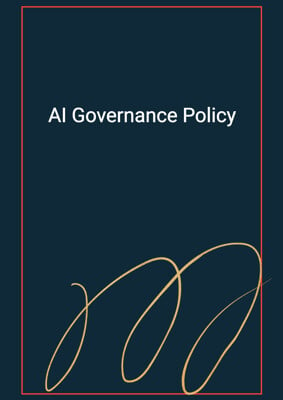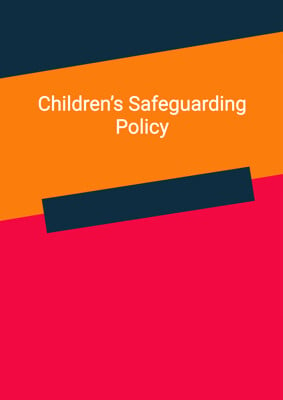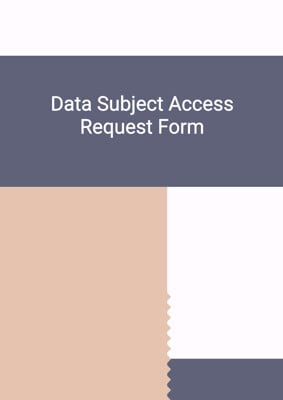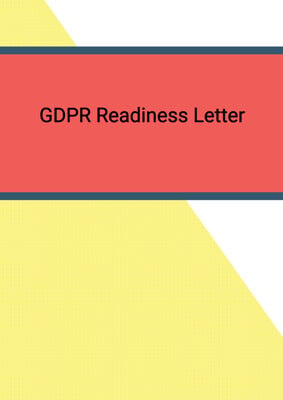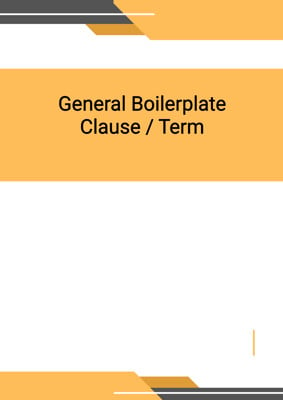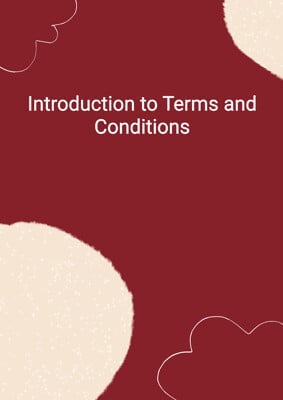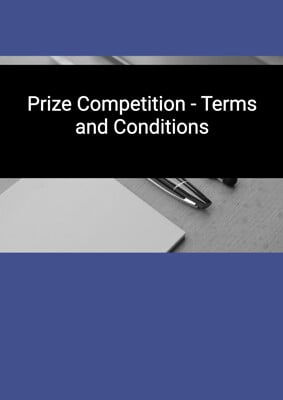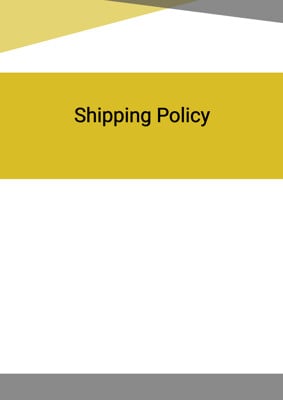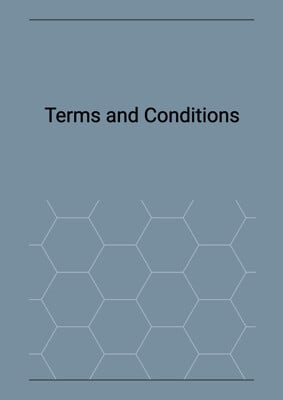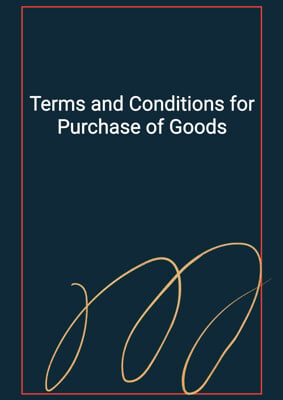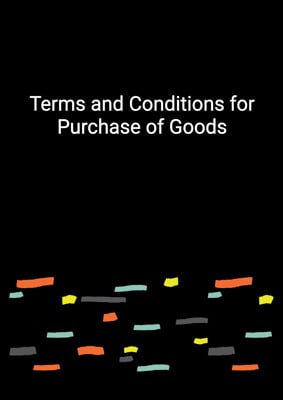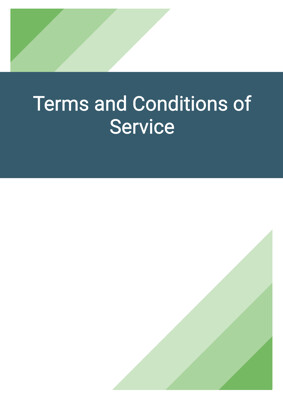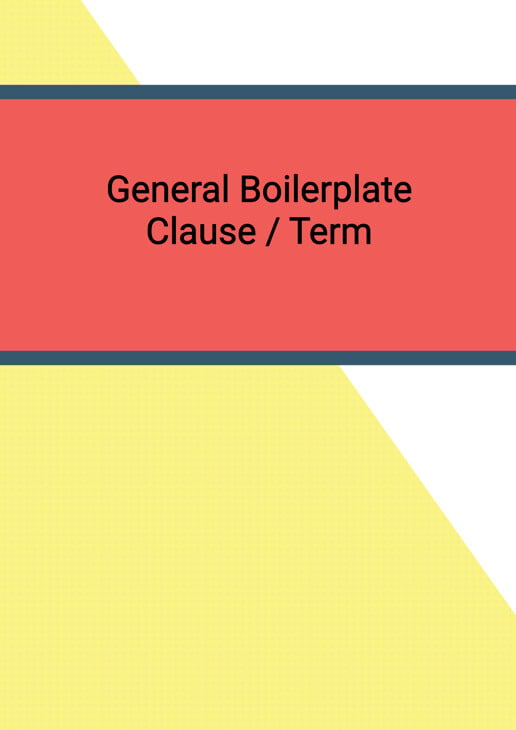
General Boilerplate Clause / Term
Limitation of Liability / Exclusion Clause
Different forms of limitation of liability / exclusion clauses for reference. The parties under a contract can limit their liabilities by: (i) excluding liability for certain types of loss through an exclusion clause or (ii) putting a financial cap on liability for such losses through a limitation of liability clause.
How to Tailor the Document for Your Need?
01
Create Document
Fill in the details of the parties. You can click the "Fill with Member’s Information" button to complete it with information saved to your account.
02
Fill Information
Please fill in any additional information by following the step-by-step guide on the left hand side of the preview document and click the "Next" button.
03
Get Document
When you are done, click the "Get Document" button and you can download the document in Word or PDF format.
04
Review Document
Please get all parties to review the document carefully and make any final modifications to ensure that the details are correct before signing the document.
Document Preview
Document Description
The document titled 'General Boilerplate Clause / Term' is an important agreement that outlines the terms and conditions between two parties, referred to as party A and party B. It is a comprehensive document that covers various aspects of the agreement and provides clarity on the rights and responsibilities of both parties.
The document begins with a general limitation of liability clause, which states that all warranties, conditions, and other terms implied by statute or common law are excluded from the agreement to the fullest extent permitted by law. However, it also specifies that party A's liability cannot be limited or excluded in cases of death or personal injury resulting from negligence or fraud.
The document further includes clauses related to liquidated damages, time limits for claims, threshold for claims, minimum limit for individual claims, and maximum limit for all claims. These clauses ensure that both parties are aware of the consequences of non-compliance and provide a framework for resolving disputes.
Additionally, the document includes clauses that exclude party A's liability for disclosed matters, indirect loss, acts or omissions of party B, retrospective legislation or changes in the law, and contingent liabilities. These clauses protect party A from certain liabilities and ensure that party B understands the limitations of the agreement.
Furthermore, the document specifies that party B's only remedy for any breach of warranties or other breaches of the agreement by party A is an action for damages. Party B is not entitled to rescind or terminate the agreement, except in cases of fraudulent misrepresentation.
The document also includes provisions related to the conduct of proceedings, entire agreement, withdrawal of claims, opportunity to remedy breaches, liability for events prior to a certain date, change of ownership, and recovery of benefits from third parties. These provisions ensure that both parties fulfill their obligations and cooperate in resolving any disputes that may arise.
Finally, the document includes clauses related to party A's liability if claims would have been covered by insurance, party A's knowledge of the matter giving rise to a breach, party B's waiver of the right of set-off, party B's warranties, and the enforceability of the agreement.
Overall, the 'General Boilerplate Clause / Term' document is a comprehensive agreement that covers various aspects of the relationship between party A and party B. It provides clarity on the rights and responsibilities of both parties and establishes a framework for resolving disputes.
How to use this document?
1. Familiarize yourself with the entire document to understand the terms and conditions of the agreement.
2. Pay special attention to the general limitation of liability clause, which excludes certain warranties and limits party A's liability.
3. Understand the clauses related to liquidated damages, time limits for claims, threshold for claims, minimum limit for individual claims, and maximum limit for all claims. These clauses outline the consequences of non-compliance and the limitations of liability.
4. Take note of the clauses that exclude party A's liability for disclosed matters, indirect loss, acts or omissions of party B, retrospective legislation or changes in the law, and contingent liabilities. Understand the implications of these clauses and how they protect party A.
5. Recognize that party B's only remedy for any breach of warranties or other breaches of the agreement by party A is an action for damages. Party B does not have the right to rescind or terminate the agreement, except in cases of fraudulent misrepresentation.
6. Be aware of the provisions related to the conduct of proceedings, entire agreement, withdrawal of claims, opportunity to remedy breaches, liability for events prior to a certain date, change of ownership, and recovery of benefits from third parties. Understand the obligations and responsibilities of both parties in resolving disputes.
7. Consider the clauses related to party A's liability if claims would have been covered by insurance, party A's knowledge of the matter giving rise to a breach, party B's waiver of the right of set-off, party B's warranties, and the enforceability of the agreement. Understand the implications of these clauses and how they may affect the agreement.
8. Seek legal advice if needed to ensure a thorough understanding of the document and its implications. It is important to fully comprehend the terms and conditions before entering into the agreement.
Not the right document?
Don’t worry, we have thousands of documents for you to choose from:
